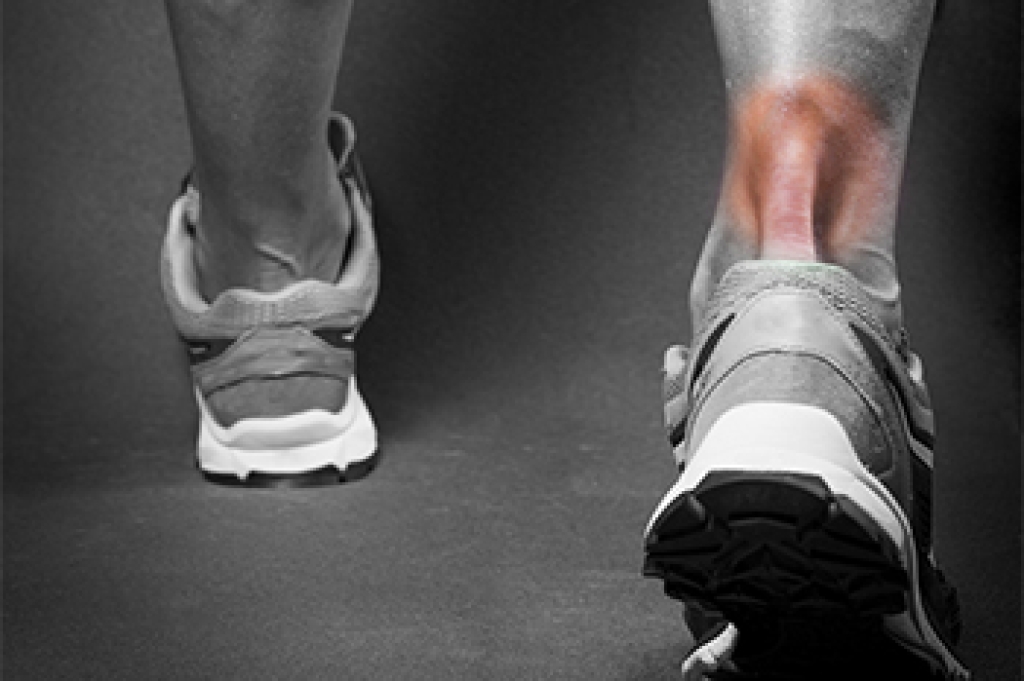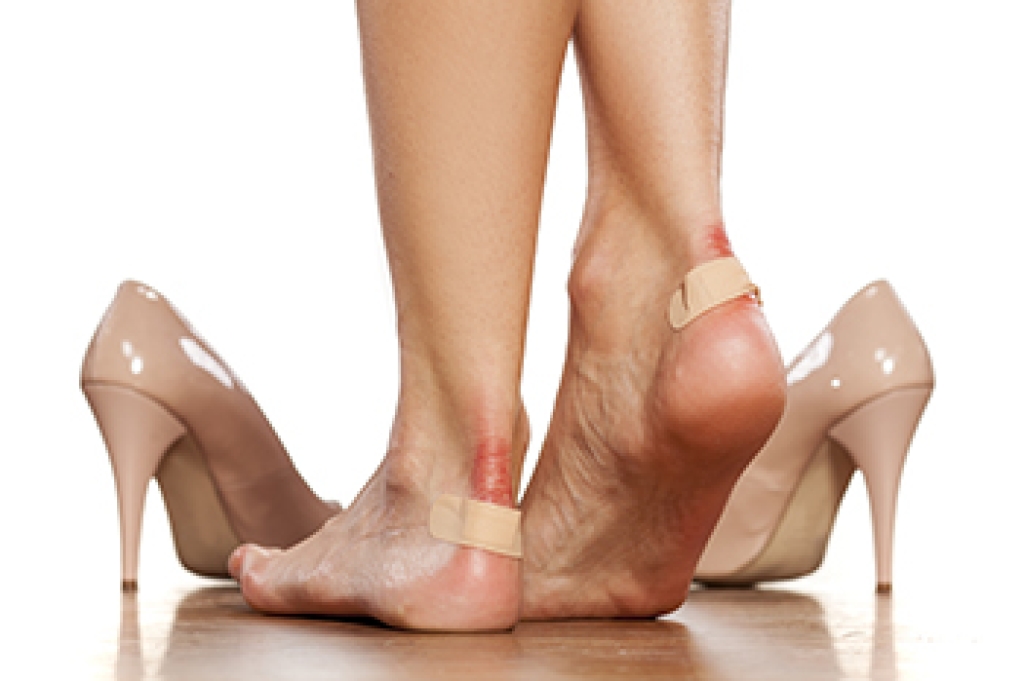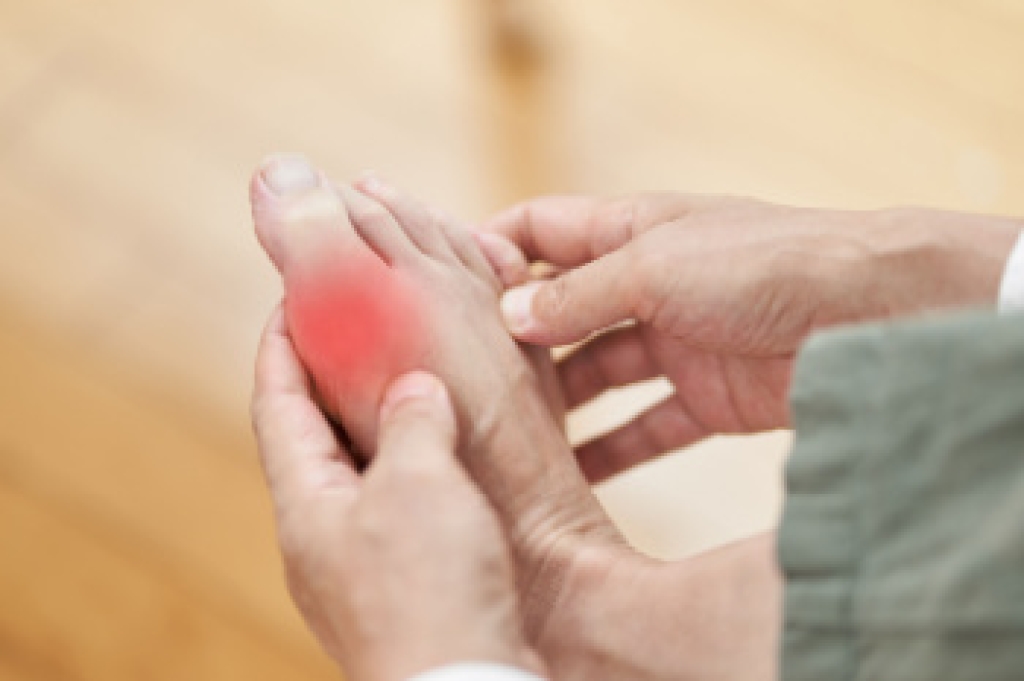
Rheumatoid arthritis is an autoimmune condition in which the immune system mistakenly attacks the lining of the joints. It often affects the smaller toe joints first, leading to tenderness, swelling, and stiffness that can gradually spread to the ankles. As inflammation progresses, the joints may weaken and become painful during daily activities. Causes include an overactive immune response and risk factors include family history, age, and smoking. When rheumatoid arthritis involves the feet and ankles, walking and balance can become difficult. A podiatrist can help by providing custom orthotics, footwear guidance, and supportive treatments that ease pressure and improve joint function. If your ankles are stiff or swollen, it is suggested that you consult a podiatrist who can offer you relief solutions, helping you to manage this condition.
Because RA affects more than just your joints, including the joints in your feet and ankles, it is important to seek early diagnosis from your podiatrist if you feel like the pain in your feet might be caused by RA. For more information, contact Mark Isenberg, DPM of Center for Podiatric Excellence. Our doctor will assist you with all of your podiatric concerns.
What Is Rheumatoid Arthritis?
Rheumatoid Arthritis (RA) is an autoimmune disorder in which the body’s own immune system attacks the membranes surrounding the joints. Inflammation of the lining and eventually the destruction of the joint’s cartilage and bone occur, causing severe pain and immobility.
Rheumatoid Arthritis of the Feet
Although RA usually attacks multiple bones and joints throughout the entire body, almost 90 percent of cases result in pain in the foot or ankle area.
Symptoms
- Swelling and pain in the feet
- Stiffness in the feet
- Pain on the ball or sole of feet
- Joint shift and deformation
Diagnosis
Quick diagnosis of RA in the feet is important so that the podiatrist can treat the area effectively. Your doctor will ask you about your medical history, occupation, and lifestyle to determine the origin of the condition. Rheumatoid Factor tests help to determine if someone is affected by the disease.
If you have any questions, please feel free to contact our office located in Pensacola, FL . We offer the newest diagnostic and treatment technologies for all your foot care needs.




